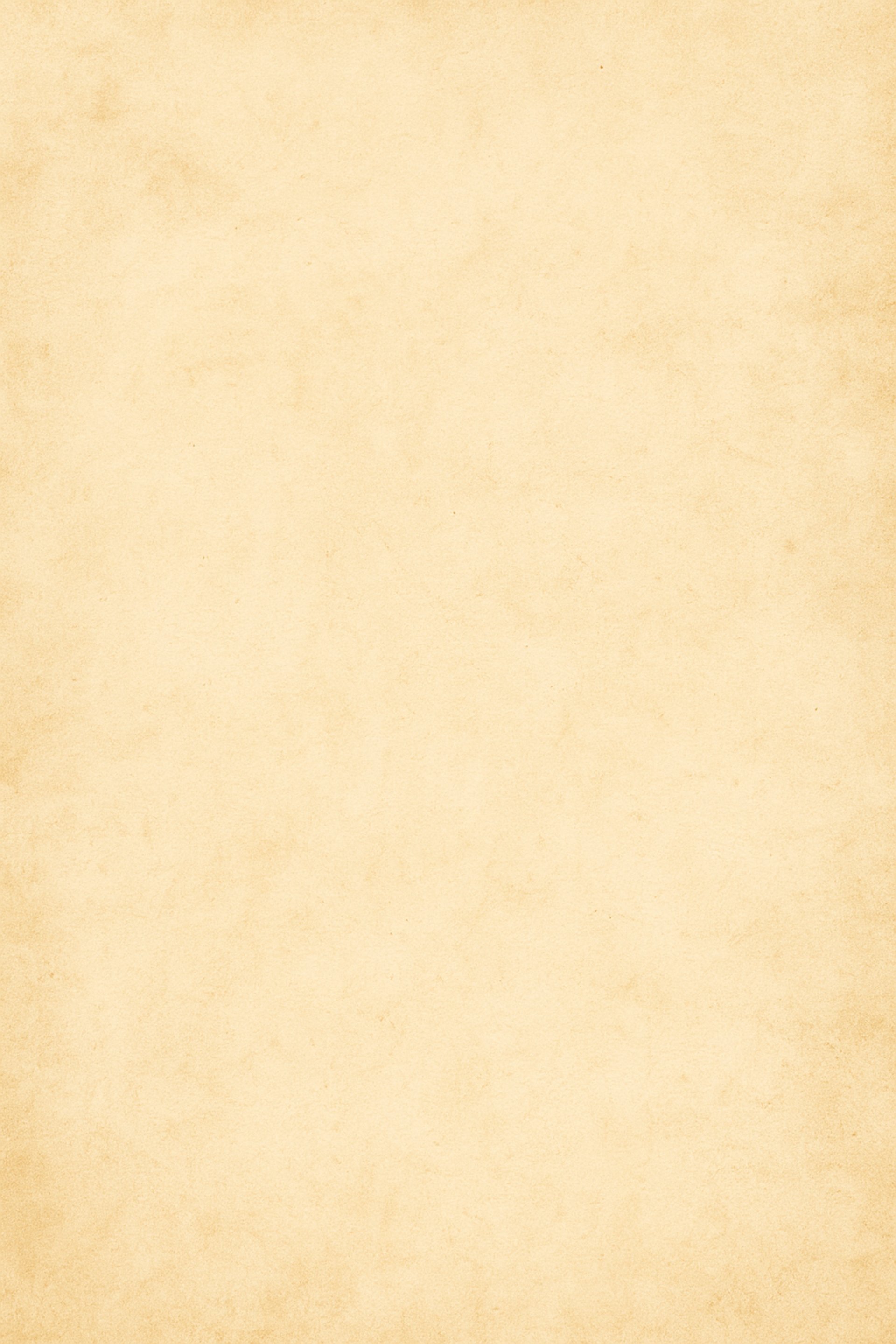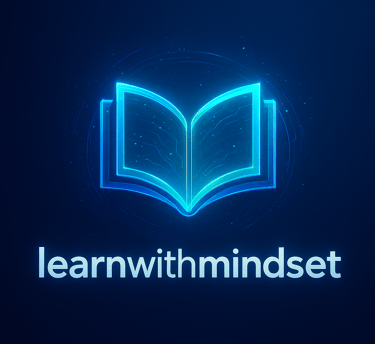
The Pause That Powers Change — How One Second of Stillness Can Redirect Your Day
In the rhythm of modern life, everything feels like a race — a constant hum of notifications, decisions, and distractions. We wake up already running, our minds scrolling faster than our fingers. Every minute is filled with something urgent, yet rarely something meaningful. In this endless rush, we forget one simple truth: power doesn’t always come from motion; sometimes, it comes from stillness. There is an invisible strength hidden in a single second of pause — a second that can stop anger, redirect decisions, calm anxiety, and even rewrite your day. This isn’t about doing nothing; it’s about being aware before you do anything. This is what I call “The Pause That Powers Change.”
10/30/2025



The Pause That Powers Change — How One Second of Stillness Can Redirect Your Day
In the rhythm of modern life, everything feels like a race — a constant hum of notifications, decisions, and distractions. We wake up already running, our minds scrolling faster than our fingers. Every minute is filled with something urgent, yet rarely something meaningful. In this endless rush, we forget one simple truth: power doesn’t always come from motion; sometimes, it comes from stillness. There is an invisible strength hidden in a single second of pause — a second that can stop anger, redirect decisions, calm anxiety, and even rewrite your day. This isn’t about doing nothing; it’s about being aware before you do anything. This is what I call “The Pause That Powers Change.”
Think of how often we react without awareness. Someone says something rude, and you respond sharply. A message arrives, and you rush to reply. You face a small problem, and your mind magnifies it into a storm. Most of these reactions happen because we skip the pause. The mind is faster than our awareness — it interprets, judges, and responds before the heart can breathe. Yet between every event and your response, there is a tiny, sacred gap — a second that can save you from regret and fill your life with clarity. When you learn to pause in that second, you shift from reaction to reflection, from impulse to intention.
The science behind this pause is fascinating. Neuroscientists explain that when a trigger occurs — say, someone criticizes you — your amygdala (the emotional center of the brain) reacts first. It fires rapidly, sending emotional impulses throughout your body. This happens in less than a second. But right after that, your prefrontal cortex — the rational, thinking part of the brain — wakes up. It needs about a second or two more to analyze, interpret, and decide the best response. That’s the golden second we’re talking about — the moment between emotion and expression, where your power lies. If you act before your awareness catches up, you react. But if you pause for just one second, you allow wisdom to enter the space between stimulus and response.
Ancient wisdom has always understood this. The Bhagavad Gita describes it as “Yogah Karmasu Kaushalam” — yoga is skill in action. This doesn’t mean flexibility of the body; it means flexibility of the mind — the ability to pause before acting. The Upanishads describe consciousness as “drashta,” the observer — the one who sees before reacting. Centuries later, modern psychology confirmed the same: mindful awareness rewires the brain. A one-second pause repeated often becomes a neural habit of emotional intelligence.
Let’s visualize this in everyday life. Imagine you’re driving and another driver cuts you off. Your heart races, your hand tightens on the wheel, and you’re seconds away from shouting or honking. But then, something inside whispers — “pause.” You take one breath, one conscious second and let the surge of anger pass. You see the other driver’s mistake for what it is — human imperfection — not a personal attack. That one second of stillness prevents five minutes of stress, ten minutes of guilt, and maybe even a dangerous outcome. Multiply such moments across your day, and you’ll see how seconds of stillness shape hours of peace.
Or imagine a heated discussion at home. A harsh word is said, and your instinct is to strike back. But in that instant, you remember: pause. You inhale, let the emotion rise and fall, and respond with calm. The energy changes instantly — what could have been an argument becomes understanding. That’s not weakness; that’s mastery. The pause is not absence of power; it’s the purest form of it.
Modern research in neuroplasticity shows that even a short pause before reacting activates the brain’s executive control center. It slows down automatic habits and opens a space for conscious choice. Over time, this builds emotional regulation and resilience. In mindfulness training, this is called the “sacred second” — the bridge between mind and awareness. The more you cross it, the more peaceful and decisive you become.
But here’s the deeper secret: the pause isn’t just for managing emotions. It’s also where inspiration speaks. Every great idea, every intuitive insight, every breakthrough thought arrives in stillness. When your mind stops racing, the inner voice becomes audible. Creativity is not born in chaos but in calm. The pause is where your inner wisdom whispers directions that thinking can’t find. That’s why ancient sages meditated before making decisions — to listen to the silence that reveals truth.
You don’t need a mountain cave or incense to find that silence. You just need one second of awareness in your day. When you feel overwhelmed, pause. When you feel excited, pause. When you’re about to decide, pause. Stillness is not the opposite of progress; it’s the foundation of it. It’s the short breath before the leap — the whisper that steadies your wings before flight.
Let’s take a simple daily scene: your phone buzzes with a negative comment on something you shared online. Instantly, emotion floods your mind — “How dare they!” or “Why did I post that?” Your body tightens, your heart beats faster. But then, you remember the pause. You close your eyes for a second, breathe, and let awareness return. Suddenly, you see the situation clearly — maybe the person misunderstood, maybe it doesn’t matter, maybe it’s not worth your peace. That one second of stillness transforms a moment of conflict into an opportunity for growth.
This is how mindfulness translates into real life — not by sitting still for hours, but by returning to awareness in micro-moments. Seconds of stillness are training grounds for calmness. Every time you pause, you strengthen your ability to stay centered amidst chaos. Soon, your peace no longer depends on the outside world. You become anchored — a calm center in the storm of life.
Let’s explore how to build this practice into daily rhythm. Start with simple awareness checkpoints — times in your day when you pause intentionally for one second. For example: before you open your phone, before replying to a message, before eating, before speaking. These moments are like mental punctuation marks — commas in the long sentence of your day. They prevent your mind from running breathless. You can even set a subtle reminder — every time you see the color blue or hear a notification sound, take one conscious breath. This practice rewires your brain to find stillness naturally.
At first, it might feel strange. The mind, addicted to movement, resists quiet. But gradually, that second becomes your sanctuary — a space where you reset, refocus, and reconnect. It’s like rebooting your inner system every few moments. And from that stillness, clarity blooms. You begin to see what matters and what doesn’t. Decisions become simpler, relationships softer, life lighter.
Remember, the pause doesn’t slow your progress — it refines it. Athletes pause before a sprint, musicians pause before a note, and even nature pauses before transformation — the night before dawn, the silence before rain. The pause is not emptiness; it’s preparation. When you embrace it, you move from reaction to rhythm — life stops feeling like chaos and starts feeling like flow.
There’s a story about a sculptor who was asked how he created such lifelike statues. He replied, “I just pause before I strike the stone. I look, breathe, and then the next move reveals itself.” That’s exactly how life works. Every decision is a sculpture in progress. One wrong reaction can chip the marble of your peace, but a single second of awareness can carve beauty out of challenge.
We often believe big changes require big efforts. But transformation usually begins in the smallest units — in seconds. Just like the ocean is made of drops, emotional intelligence is made of micro-pauses. When you master the second, you master yourself. This is the real secret behind patience, empathy, and wisdom.
There’s also a spiritual dimension to this. In those pauses, you touch the timeless — the space beyond thought where your true self resides. You realize that awareness is not something you create; it’s what you return to when thought ends. The pause is not just mental stillness; it’s spiritual remembrance. It’s where you remember that you are not the thought, not the emotion, but the observer behind them. Once you understand this, life becomes lighter, decisions become easier, and peace becomes natural.
So the next time life tests your calm — pause. Feel that sacred second open between impulse and action. In that space, your highest self lives. It’s where your best decisions, kindest words, and most peaceful choices are born. The pause is the bridge between who you were and who you can become.
Even one second of stillness has power. It can save a relationship, heal a heart, redirect a mistake, or awaken awareness. The world teaches us to hurry, but wisdom teaches us to halt — to find strength not in speed but in silence. Because when you master the pause, you no longer react to life — you respond with purpose.
So today, before you rush into the next task, the next thought, the next word — pause. Feel the breath, the second, the space within. That’s where your real power lives — not in what you do next, but in how aware you are before you do it.
And that one second, my friend, is enough to redirect your entire day — and maybe even your life.
Inspiration
Empowering learners to achieve their fullest potential.
Growth
Success
© 2025. All rights reserved.
Mrs. Sadhana Ware
